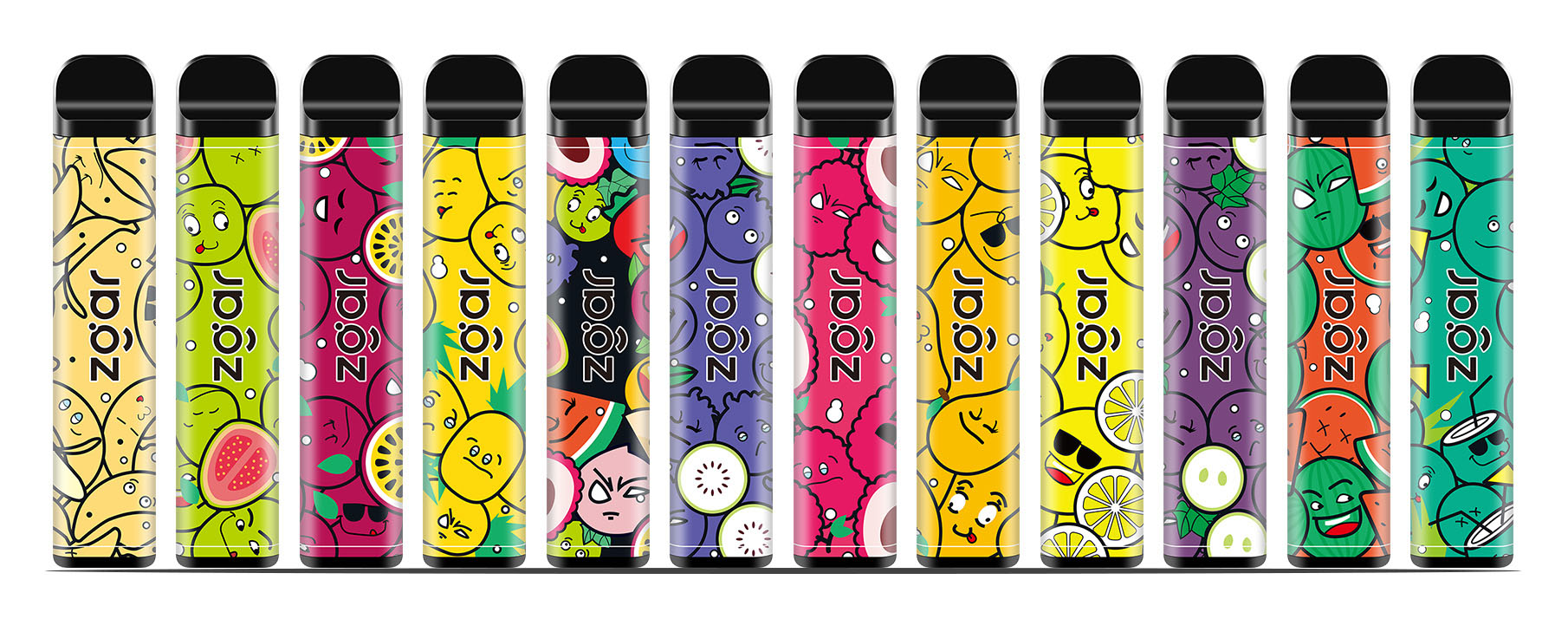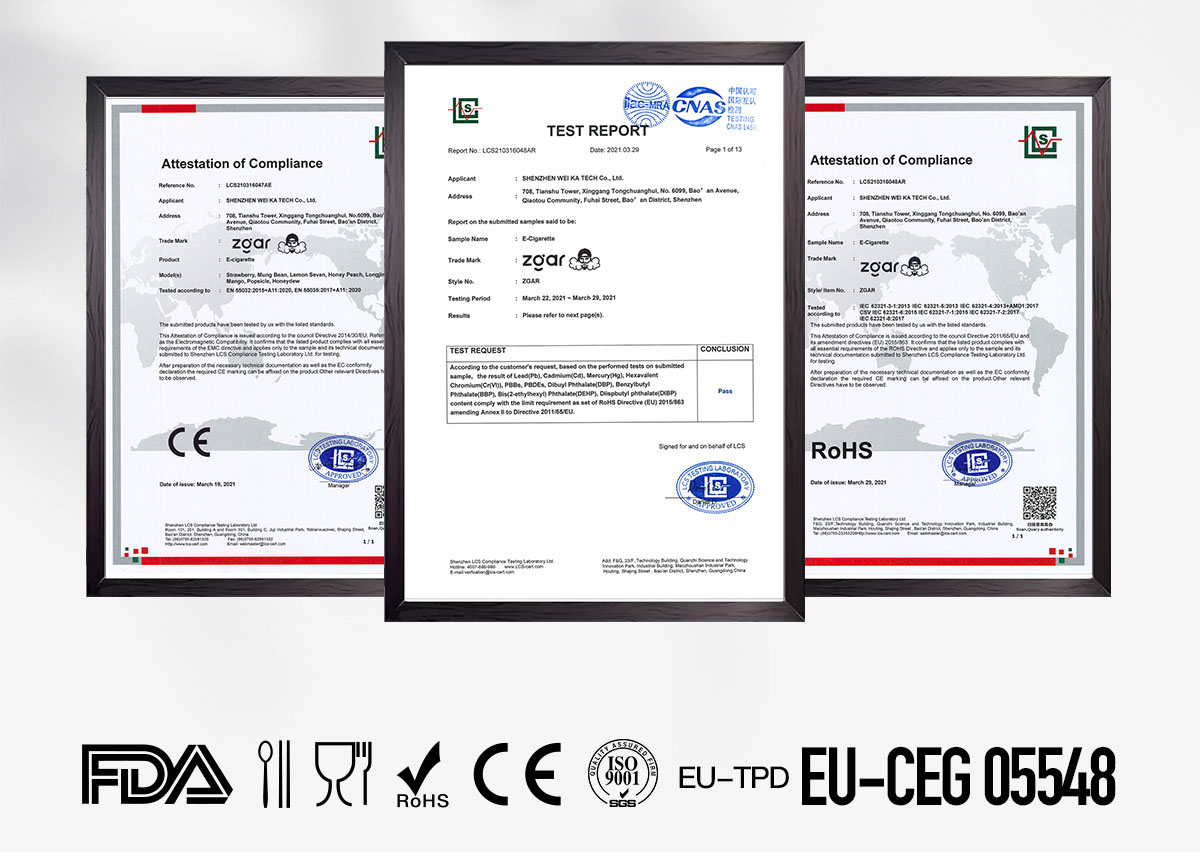A stable policy is the premise for determining the long-term stability of an industry. Before 2016, China's automobile policy has always been the rhythm of “difficult to produceâ€, and it has repeatedly been criticized by the outside world for its development. But no one thought that things would develop to the other extreme.
In 2016, in the field of new energy vehicles, which is important in the whole industry, industrial policies have changed several times and controversy has continued. At the beginning of the year, the fraudulent exposure also overturned the credibility of the entire industry, but also invisibly shaken a number of previously announced regulations and announcements. On the premise of the threshold increase and review tightening, from the first re-examination of the new energy vehicle catalogue in April to the second re-trial review at the end of the year, from the claim that the power battery specification conditions and the new energy vehicle recommended catalogue linkage, to the final The introduction of new energy access to the New Deal denied this claim, and new energy companies have fallen into policy phobia.
What is more influential than change is the controversy of policy. From the selection criteria of the power battery catalog, to whether the battery catalog is linked to subsidies, and the annual production capacity threshold of 8 billion megawatts for power battery companies, until the end of the year, the industry-wide debate on the reversal of low-speed electric vehicles. Questioning the rationality of the policy has become the biggest problem left for 2017.
Just as Dong Yang, executive vice president of the China Association of Automobile Manufacturers, said at the recent 100-person electric car meeting: What I am most afraid of is...
Two reversal of re-examinationListing the product recommendation catalogue (also known as the “Product Announcementâ€) of the Ministry of Industry and Information Technology is the first step in the market for all new energy companies. Before 2016, it is necessary to celebrate the new energy catalog. However, this tradition is obviously going to be changed after 2016. The industry has said that “the catalogue is risky and the list should be carefulâ€.
The new energy deception was detonated in January, and the liquidation of the company through the revised access policy was launched in April. In April 2016, the new energy fraud is entering the stage of comprehensive investigation of the net. A number of new energy companies have received notice, and the China National Vehicle Technical Service Center (referred to as “China Machine Centerâ€), which is responsible for the preliminary review of product announcements, will be released in 2016. The 1-3 batches of "New Energy Vehicle Promotion and Application Recommended Model Catalogue" were all re-examined, and the fourth batch of models were also returned for retrial. The most important battery manufacturers did not enter the "Automobile Power Battery Industry Standard Conditions" business directory is not passed.
At the same time, the Ministry of Industry and Information Technology issued a "Supplementary Notice on Enterprise Declaration Work in Accordance with the "Regulations on the Standards of Automotive Power Battery Industry", saying that all the items listed on the "Automobile Power Battery Industry Standard Conditions" implemented on May 1, 2015 are listed. Individual enterprises that enter the three batches of announcements shall re-test the typical products in accordance with the requirements of the new three standards. If the test report is not submitted in the early period of June, the announcement will be revoked. This is considered a disguised retrial.
As of April, the Ministry of Industry and Information Technology has announced a total of 1022 new energy vehicles in the list of three batches. In terms of battery specifications, a total of 25 companies in the three batches of power battery companies that have been publicized by the Ministry of Industry and Information Technology were selected. Because the re-examination workload was huge, the new energy product catalogue was stopped for 8 months, and until December 2, the fourth batch of new energy vehicle catalogues was introduced.
Compared with the retrial, the whitelist of power batteries is linked to the catalogue of new energy vehicles, and the warnings linked to the new energy subsidies have made enterprises uneasy. Because there is no single battery in Japan and South Korea, many new energy sources using Japanese and Korean batteries have been used. Sales in the car market slowed down, and battery suppliers were urgently switched in the next few months.
In August 2016, the Ministry of Industry and Information Technology issued the “Regulations on the Administration of New Energy Vehicle Manufacturers and Product Access (Revised Draft for Soliciting Opinions)â€, responding that there is no relationship between the new energy companies and product access rules and the battery catalog. The policy intentions change, and the company's product strategy has been disrupted.
The lack of hooking gave the car a sigh of relief, but the sense of ease did not last long. In December 2016, when the car companies cheered for the fourth and fifth batches of catalogues. The Ministry of Finance, the Ministry of Science and Technology, the Ministry of Industry and Information Technology and the four ministries and commissions of the National Development and Reform Commission jointly issued the "Notice on Adjusting the Financial Subsidy for the Promotion and Application of New Energy Vehicles" and made new requirements for product technology. The day before, the fifth batch of new energy catalogs was just announced.
Nine days later, the China National Machinery Center once again issued a notice that shocked the industry: in 2016, all the models in the five batches of new energy recommendation catalogues need to be re-approved according to the newly issued subsidy policy. According to statistics, last year's five batches of catalogues totaled 2,193 vehicles. This means that at least the new energy car market in the first quarter of 2017 will be quiet again.
disputeOn November 22, 2016, the Ministry of Industry and Information Technology released the 2017 "Automobile Power Battery Industry Standard Conditions" (referred to as "standard conditions") for comments. The annual production capacity requirement for the company has increased to 8 billion watt-hours, which is a full 40 times the 2015 version of the standard. The high threshold far beyond imagination has instantly ignited the industry. Statistics of various calibers show that 140 power battery companies nationwide can meet the production capacity standards according to the expansion plan.
The stimulus of the policy and the liberalization of the ternary lithium battery soon ushered in a new round of crazy expansion plans in the battery industry, and concerns about excess battery have followed.
However, no one expected that a bigger debate broke out at the end of the year. It may be the urging from the higher-level leaders, or it may be that the ministries hope that the year of the year will be completed. At the end of 2016, the specification of low-speed electric vehicles began to accelerate, and the policy began to reverse.
After the State Council has agreed to the idea of ​​“upgrading a batch, standardizing a batch, and eliminating a batch†of low-speed electric vehicles, the senior officials of the Ministry of Public Security have publicly expressed their hope that a ban will be banned. At the third standard-setting work meeting, the Ministry of Industry and Information Technology Positioning as a "car" category, while significantly increasing the technical standards, requires the use of lithium batteries, and other standards are also in line with pure electric passenger cars. This high standard has sparked a major debate in the industry. At the just-concluded electric vehicle hundred people's meeting, Academician Yang Yusheng even publicly accused the exclusion of lead-acid batteries against market fairness. This debate is still going on. No one can tell who is the winner after the dark war.
In 2017, the "Automobile Sales Management Measures" for 9 years of dystocia has not been formally implemented one year after the publication of the consultation draft. The "Anti-monopoly Guide for Automobiles", which is planned to be released in 2016, is still waiting. The National Development and Reform Commission and the Ministry of Industry and Information Technology have also issued a "crash." How to unify the carbon credit policy remains the same. Only the latest version of the "new energy vehicle manufacturing enterprise and product access management regulations", which is also difficult to produce for 8 years, has been implemented. The reason why it is difficult to produce for 8 years is because the new version of the new energy access rules of 2009 has been discovered. Meet the needs of industry development.
Obviously, whether the policy is constantly "patching" or the new political controversy is caused by the speed of the development of the industry, or delaying the delay, or destructive, and ultimately only let the enterprise and the market pay more. The price.
Disposable electronic cigarette
Our products include disposable e-cigarettes, rechargeable e-cigarettes, and various of flavors of cigarette cartridges.We have our own professional team and competitive quotations for any OEM or ODM works.
We supply OEM disposable vape pen,OEM disposable electronic cigarette,ODM disposable vape pen,ODM disposable electronic cigarette,OEM/ODM vape pen e-cigarette,OEM/ODM atomizer device.
12 Flavors : Guava .Mango Ice .Passion Fruit .Mixed Fruit .Blueberry .Litchi Ice .Mango Ice .Lemon .Grapes.Watermelon .Banana Ice .Coconut




Disposable E-Cigarette,Electronic Cigarette Pod Pro,Atomizer Device Vapepod Pro,Atomizer Device Zgar Pod Pro
Shenzhen Wei Ka Technology Co.,Ltd. , https://www.zgarvape.com